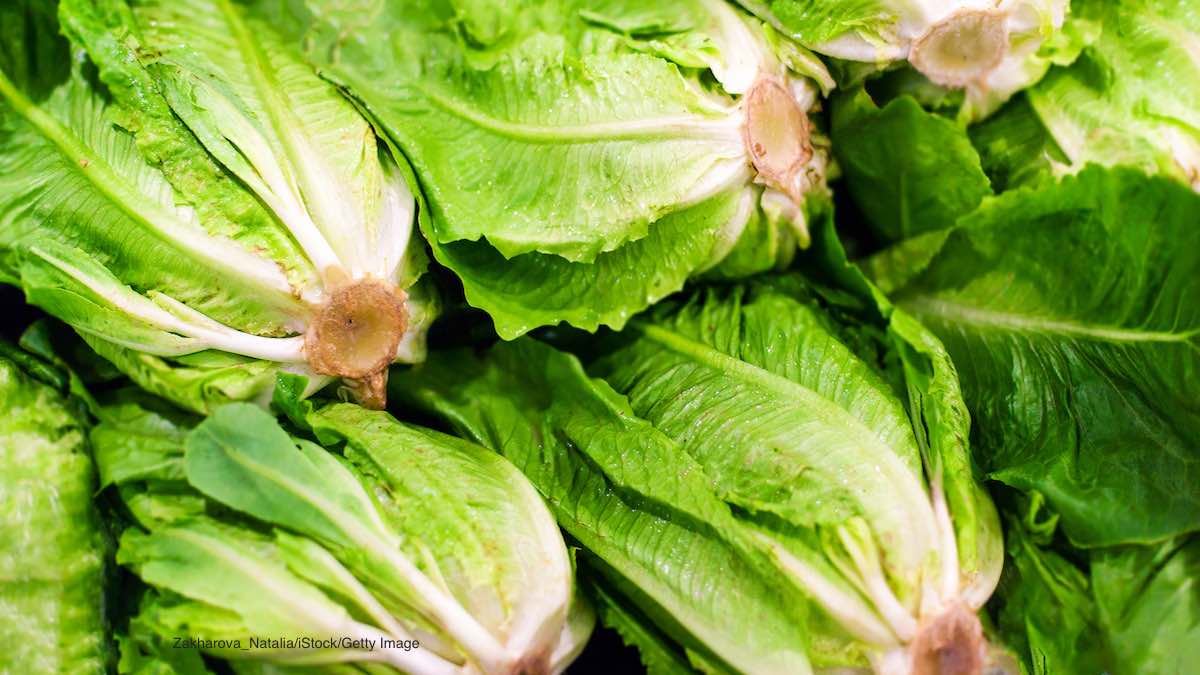Will romaine lettuce be safe to eat in 2019 after this year’s huge and deadly E. coli O157:H7 outbreak that was linked to farms in Yuma, Arizona? Growers and processors in that state are taking some steps to try to prevent a repeat disaster, with the help of the FDA. Farmers are planting crops now in the Yuma area.

Last year, 210 people in 36 states were sickened with E. coli O157:H7 infections after eating romaine lettuce. Ninety-six people were hospitalized, and 27 developed hemolytic uremic syndrome (HUS), a type of kidney failure. Five people died. And lawsuits were filed.

Attorney Fred Pritzker, who has represented clients sickened with E. coli O157:H7 infections, said, “No one should get sick just because they bought romaine lettuce to make a salad.” Call 1-888-377-8900 for help.
Food safety attorney Fred Pritzker said, “This outbreak has been very difficult to solve, and in fact the government did not pinpoint the specific farm or farms where the contaminated lettuce was grown.”
Yuma, Arizona is considered America’s “Winter Salad Bowl” because so many leafy greens are grown there. In Arizona, the Leafy Greens Marketing Agreement tripled the “buffer zone” between concentrated animal feeding operations (CAFOs) and produce farms from 400 to 1,200 feet. Yuma lettuce farmers also added mandatory environmental assessments to try to prevent another outbreak.
These changes were made because canal water in the Yuma region was contaminated with the outbreak strain of E. coli O157:H7 bacteria that sickened so many people. CAFOs are problematic because cows carry E. coli bacteria in their intestines. That bacteria emerges in poop. That poop can then travel into the canals when it rains.
One of the contaminated canals passes by a CAFO that can hold 100,000 cattle. That operation is being investigated by the FDA; a report should be issued by the end of the month. Yuma produces more than 90% of all the leafy greens grown in winter in this country. But Dr. Scott Gottlieb, who is the head of the FDA, said that samples collected from that CAFO did not yield E. coli O157:H7. And he added that there was no obvious route for contamination of the irrigation canal from that facility.
One of the problems with traceability, according to Gottlieb, is that many of the records from the Yuma lettuce farmers were hand written. And many of the finished lettuce products were made with romaine lettuce from many different farms in the area.
Some retailers, such as Walmart, are mandating the use of blockchain to assist traceability for all of their vendors. That digital technology tracks produce as it moves through the supply chain.
The FDA is sharing an Environmental Assessment of factors that could have contributed to the contamination. Investigators focused on agricultural water, soil amendments, growing and harvesting practices, animal intrusion, adjacent land use, and employee health and hygiene practices. In-depth interviews were conducted. Teams collected information about food safety procedures, policies, and practices.
The outbreak strain of E. coli O157:H7 was found in three samples of water collected along a 3.5 mile stretch of an irrigation canal. Officials think that this water caused the contamination, but they aren’t sure exactly how. The water could have been directly applied to the fields, or it could have been used to dilute crop chemicals, which happens throughout the growing season. The outbreak strain of E. coli O157:H7 was not found anywhere else in sampling throughout the growing region.
And mingling the contaminated lettuce with lettuce from other farms no doubt spread the bacteria throughout large batches of product. That complicated traceback efforts and greatly increased the number of consumers who were exposed to the product.
FDA recommends that leafy green growers and processors make sure that agricultural water is safe, to assess and mitigate risks related to land use near the fields, and to verify that food safety procedures are implemented consistency on farms and in processing facilities.
The FDA is also going to start collecting and analyzing romaine lettuce samples through a new surveillance sampling assignment. If samples are contaminated, the FDA will follow up with growers and processors to try to identify insanitary conditions.
This outbreak was uniquely difficult to investigate because of the large number of farms supplying product, paper record keeping, the short shelf life of the product, and the wide distribution area. The report ends by saying that the Food Safety Modernization Act’s Produce Safety Rule must be implemented on farms and throughout the supply chain.
So how can you protect yourself? You might think that buying heads of lettuce would be safer, but food poisoning outbreaks have been linked to whole produce too. Another E. coli O157:H7 outbreak in 2017 was linked to leafy greens. And an E. coli O157:H7 outbreak in 2011 was linked to romaine lettuce.
We know that washing lettuce is not enough to remove E. coli bacteria from the deeply crenelated surfaces. Packaged lettuce mixes are considered safe, but the way they are made, by combining crops from many farms, is also problematic. All you can really do is keep abreast of recalls, follow basic food safety rules in your kitchen, and watch the news.




